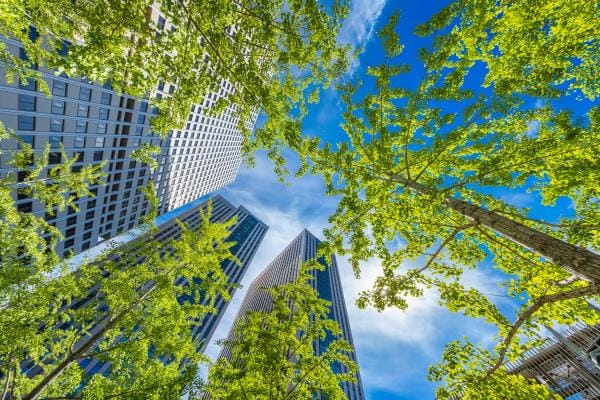Urban Environment at Risk from Vertical Urban Development
Modern cities all over the world have become characterized by the phenomena of vertical urban development. It is marked by the edifice of soaring skyscrapers. This tendency raises important concerns regarding its influence on the urban environment, the quality of life for people, and the sustainability of our cities. Even while it can be linked to economic incentives and the desire to maximize profit.
The Vertical Expansion Driven by Profit
Urban development frequently places a premium on profitability. Skyscrapers have an attraction that attracts developers and investors. Because they promise higher returns on investment due to improved occupancy and leasing rates. However, an overemphasis on business can have a number of negative repercussions on our cities.
- Livability vs. Density: Building high-rise structures may increase population density in constrained locations. While density can be beneficial, it must be matched with ideas on how to make a place livable and healthy for everyone who lives there.
- Urban Heat Islands: Tall structures can help create urban heat islands, which are places with significantly higher temperatures than the surroundings. This issue is brought on by rising energy use, heat retention, and shrinking green space.
- Vertical expansion puts additional burden on urban infrastructure, including public services, utilities, and transportation. Inefficiencies and poor service can result from overcrowding and increased resource demand.
- Aesthetic and Cultural Shift: The predominance of skyscrapers in cityscapes can change a city’s aesthetic and cultural character. Potentially overshadowing historical sites and cultural treasures.
Keeping the Quality of Life in Cities
Striking a balance between commercial interests and the preservation of the urban environment and quality of life is crucial in order to address the issues caused by excessive vertical urban development:
- Implement comprehensive urban planning that takes into account the long-term effects of building high-rises on urban infrastructure, green areas, and public services.
- Sustainable Design: Promote the use of energy-efficient technologies, green construction techniques, and the preservation of open areas in sustainable design methods.
- Mixed-Use Developments: Encourage the building of mixed-use communities that include residential, commercial, and recreational areas to create thriving, walkable communities.
- Public Engagement: Involve the community and ask for feedback during the planning phase to make sure that urban development reflects locals’ needs and preferences.
- Cultural Preservation: Ensure that historical sites and sites of cultural heritage are preserved and continue to be an essential component of the urban fabric.
Conclusion
Modern cities often have vertical urban growth because of economic factors. However, putting extra emphasis on making money might have unforeseen effects on urban environments and city dwellers’ quality of life. Cities may achieve a balance that ensures both economic viability. And a high standard of urban living by adopting a holistic approach to urban planning, sustainability, and public participation. By doing this, they can maintain their distinctive identity and cultural history while continuing to develop and grow.
More on INJ Architects:

